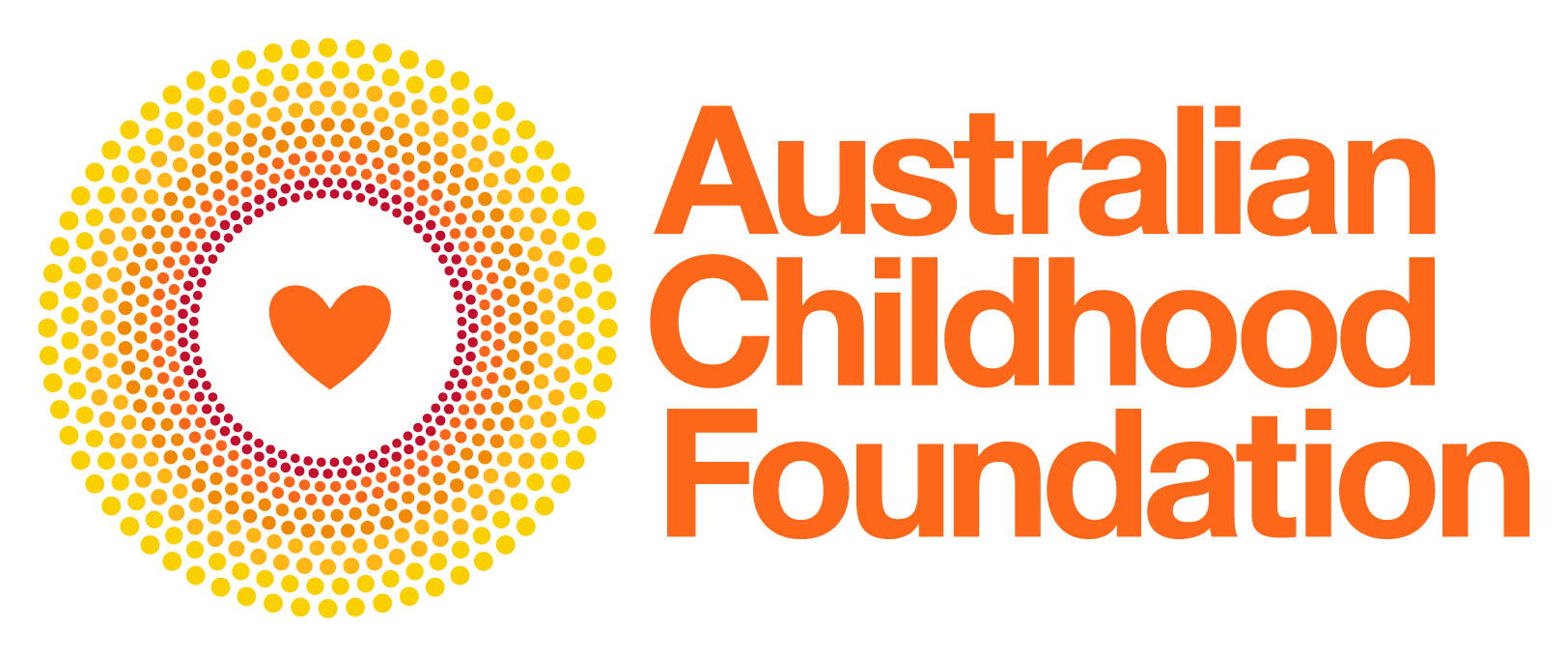
Why spit hoods don’t create safety in youth detention
The Northern Territory Government’s decision to reintroduce spit hoods in youth detention is a step backwards. These devices don’t create safety—they escalate harm, undermine trust, and make it harder for both young people and youth justice officers to feel safe.
At Australian Childhood Foundation, we work alongside children and young people who have experienced significant trauma, loss and disconnection. Many of the young people who come into contact with the justice system are already carrying the impacts of complex harm. What they need is stability, support and the chance to heal.
As our CEO Janise Mitchell says:
“Children who come into contact with the justice system have often experienced significant trauma, loss and disconnection. Responding with punishment only compounds that harm. What these children need is safety, stability and the chance to heal. When we invest in relationships and restorative approaches, we not only support their recovery—we create safer communities for everyone.”
Spit hoods don’t create safety—they increase harm
We understand that youth justice officers also need to feel safe at work. No one should be spat on or placed at risk. But spit hoods don’t create safety for staff or for young people. They increase tension, escalate incidents, and further entrench adversarial dynamics between young people and staff.
As Blythe McAuley, our Regional Director for Therapeutic Services in the NT and Victoria, explains:
“We could focus on the right of everyone in the youth detention space to feel safe and supported—including the young people and the officers. But spit hoods do not create that safety. They increase tension, escalate harm, and make it harder to build trust and connection.”
The Northern Territory Ombudsman has previously reported that spit hoods can heighten stress and conflict, contributing to more—not less—risk in youth detention centres.
What’s needed is not more restraints. It’s more investment in the people working directly with young people.
“Officers should have reflective practice, group consultation, and a voice in planning for young people,” Blythe says. “We deliver training that builds skills in trauma-informed practice—but without the time and support to embed it, that learning can’t translate into everyday safety.”
What actually works to create safety?
There are proven approaches that support safety for everyone in youth justice settings. These include:
- Therapeutic care models that address trauma and de-escalate crises
- Restorative justice that promotes accountability and healing—not just control
- Reflective supervision and peer consultation for youth justice officers
- Culturally led responses designed by Aboriginal communities
- Whole-system investment in diversion, education, and family support
These approaches support long-term change. They reduce reoffending. And most importantly—they treat young people and staff with the dignity and respect they deserve.
We need to choose a better path
We’ve been here before. In 2016, images of children hooded and strapped to mechanical chairs at Don Dale shocked the nation. A Royal Commission followed, along with promises that those harmful practices would never return.
Reintroducing spit hoods is not only a breach of that promise—it’s a rejection of everything the evidence tells us. Spit hoods don’t create safety. They create more harm, more fear, and more disconnection.
As Noel Macnamara, Director of the Centre for Excellence in Therapeutic Care, reflects:
“How we treat our most vulnerable children—especially in their moments of greatest distress—reveals the very essence of our humanity and the values we hold as a society. It is in these difficult moments, when children are at their worst, that our true character is tested. Do we respond with empathy, compassion and care, or with fear, control and punishment? The choices we make define not only the lives of these children, but also the kind of society we become. Right now, by turning to harmful practices like spit hoods, we risk losing sight of our shared humanity and becoming something unrecognisable—detached from the principles of dignity, justice and hope that should guide us. This is a pivotal moment to choose a path that upholds healing and respect, rather than one that perpetuates harm and division.”
We urge the Northern Territory Government to reconsider. Instead of punitive quick fixes, we need sustained, evidence-based investment in people, relationships, and trauma-informed care.
We know what works. Let’s build a youth justice system that reflects it.
For more on this and our shared vision for community-led, restorative youth justice reform, please read the joint media statement from the Northern Territory Council of Social Services here: https://ntcoss.org.au/media-releases/joint-media-statement-safety-not-soundbites-community-led-solutions-key-to-youth-justice-reform/
